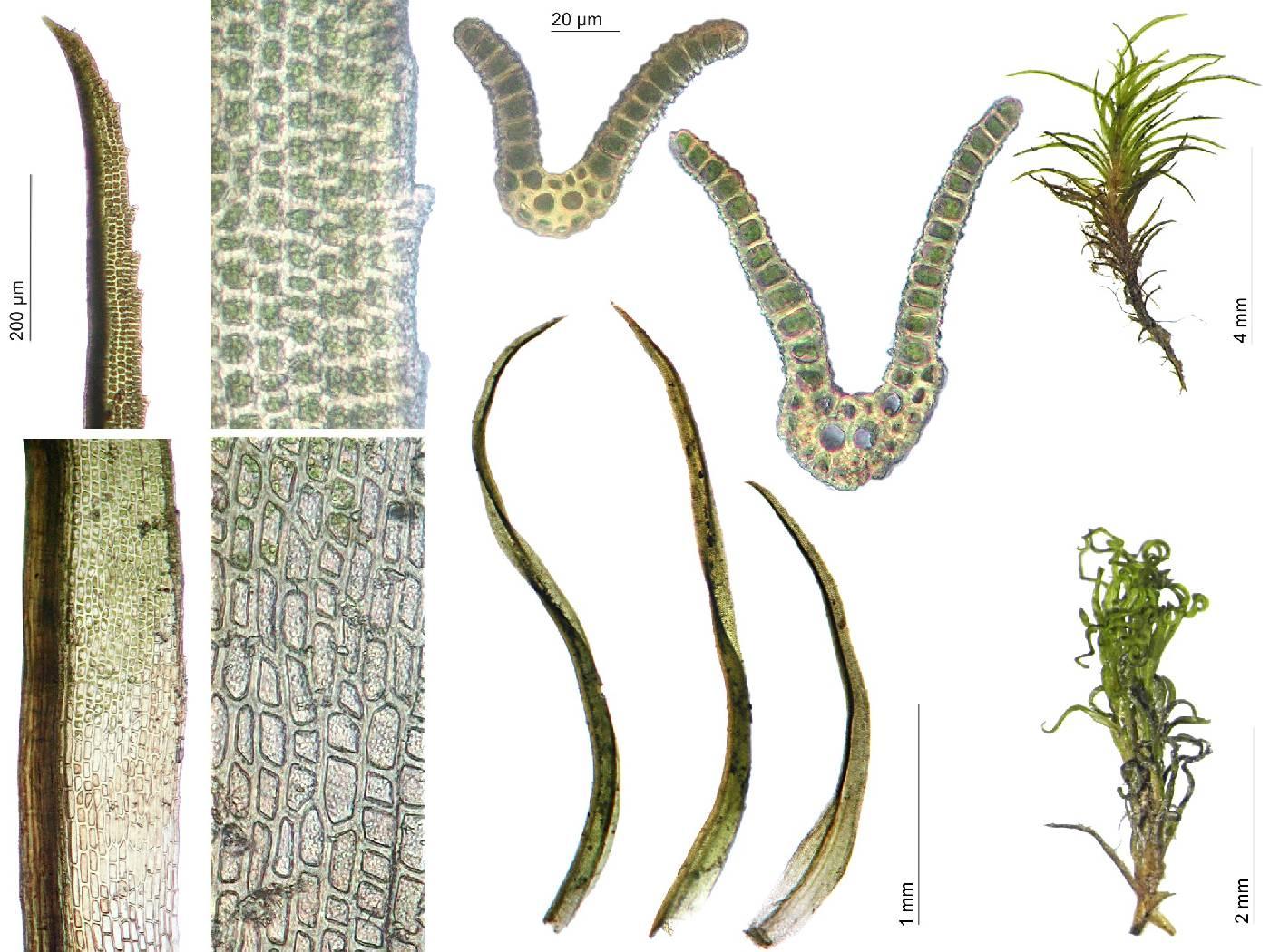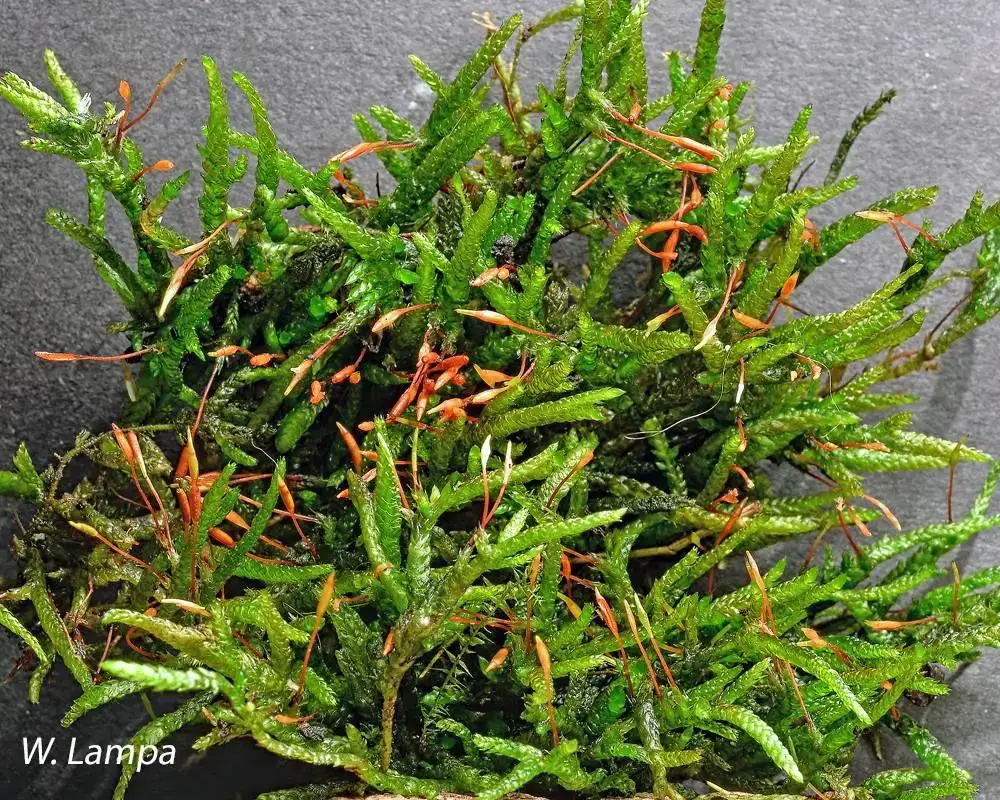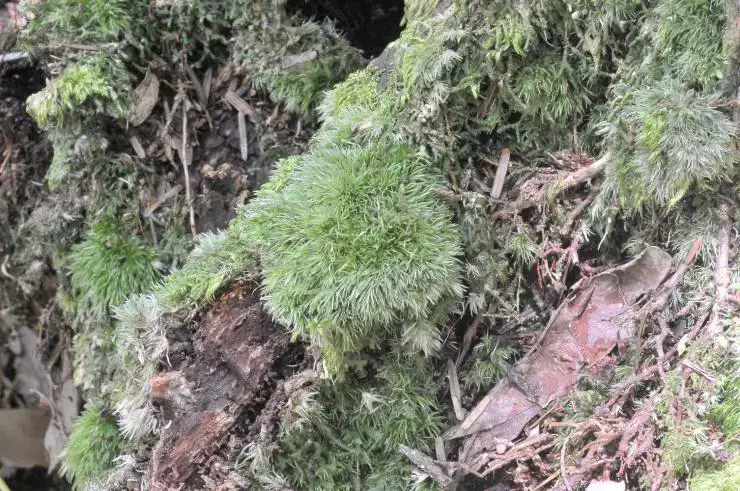
Amphidium_californicum_2_1579151820.jpg from: https://bryophyteportal.org/portal/imagelib/imgdetails.php?imgid=1859022
Rhaphidostichum schwaneckeanum: The Remarkable Moss of Puerto Rico

Entodon_seductrix_M17082_1554394386.jpg from: https://bryophyteportal.org/portal/taxa/index.php?taxon=158931
Introduction

7037e79d418c961c5141889e083833ce.jpg from: https://taieol.tw/muse/digi_object/2355523fe7d6b11d4b7a8ac495911fd7
In the lush, tropical forests of Puerto Rico, a tiny but fascinating plant thrives: Rhaphidostichum schwaneckeanum (Müll.Hal.) Broth., a species of moss in the Sematophyllaceae family. While often overlooked, this diminutive bryophyte plays important ecological roles and exhibits unique adaptations that allow it to flourish in its native habitat. In this blog post, we’ll take a closer look at the morphology, distribution, habitat, and ecology of Rhaphidostichum schwaneckeanum.
Background on Mosses
Before diving into the specifics of R. schwaneckeanum, let’s briefly review what mosses are. Mosses are non-vascular plants in the division Bryophyta. They lack true roots, stems, and leaves, instead having structures that serve similar functions. Mosses reproduce via spores rather than seeds and require moisture for sexual reproduction. There are over 12,000 species of moss worldwide, found in a wide range of habitats from the Arctic to the tropics.
Morphology and Identification
Rhaphidostichum schwaneckeanum is a pleurocarpous moss, meaning its reproductive structures (sporophytes) grow laterally from the stems. Its shoots are creeping to ascending, irregularly branched, and typically 1-3 cm long. The leaves are ovate-lanceolate, 1-2 mm long, and have a short, double costa (midrib). The leaf margins are entire to minutely serrulate near the apex.
One of the most distinctive features of R. schwaneckeanum is its alar cells – the cells at the basal corners of the leaves. In this species, the alar cells are inflated, thin-walled, and hyaline (transparent). This characteristic helps distinguish it from similar mosses in the Sematophyllaceae family.
The sporophytes of R. schwaneckeanum are erect capsules on short setae (stalks). The capsules are ovoid to cylindrical and have a peristome (toothed opening) with 16 teeth. Spores are released from the capsules to propagate the moss.
Global Distribution and Habitat
Rhaphidostichum schwaneckeanum is endemic to Puerto Rico, meaning it is found nowhere else in the world. Within Puerto Rico, it grows in the understory of moist, montane forests, typically on rocks, tree bases, and decaying logs. It is most commonly found at elevations between 600-1200 meters.
The habitat of R. schwaneckeanum is characterized by high humidity, frequent rainfall, and moderate temperatures year-round. These conditions are ideal for many species of tropical bryophytes. The moss often grows intermixed with other bryophytes and sometimes serves as a substrate for epiphytic orchids and ferns.
Ecological Roles and Adaptations
Like other mosses, Rhaphidostichum schwaneckeanum plays several important roles in its ecosystem:
Moisture retention: The dense mats formed by the moss help trap and retain moisture in the forest understory. This benefits not only the moss itself but also other plants and animals in the habitat.
Nutrient cycling: As the moss grows and dies back, it contributes to the organic matter in the soil, slowly releasing nutrients that are used by other forest plants. Mosses also trap dust and atmospheric particles, which then get incorporated into the soil.
Microhabitat creation: The complex architecture of the moss provides microhabitats for numerous small invertebrates, such as tardigrades, nematodes, and springtails. These tiny creatures are part of the forest food web.
To thrive in the forest understory, R. schwaneckeanum has several adaptations:
- Its creeping growth habit allows it to efficiently colonize surfaces like rocks and logs.
- The inflated alar cells may aid in water storage and retention during dry periods.
- The spores are small and light, allowing for effective dispersal by wind currents in the forest.
- Tolerates low light levels in the shaded understory.
Conclusion
Rhaphidostichum schwaneckeanum may be a small and inconspicuous resident of Puerto Rico’s forests, but it is a prime example of the remarkable diversity and adaptations of tropical bryophytes. From its unique morphological features to its ecological roles, this endemic moss is an integral part of its ecosystem.
The next time you find yourself in a Puerto Rican forest, take a moment to appreciate the miniature world of R. schwaneckeanum and other mosses beneath your feet. These tiny plants have much to teach us about resilience, adaptation, and the complex web of life in the tropics.